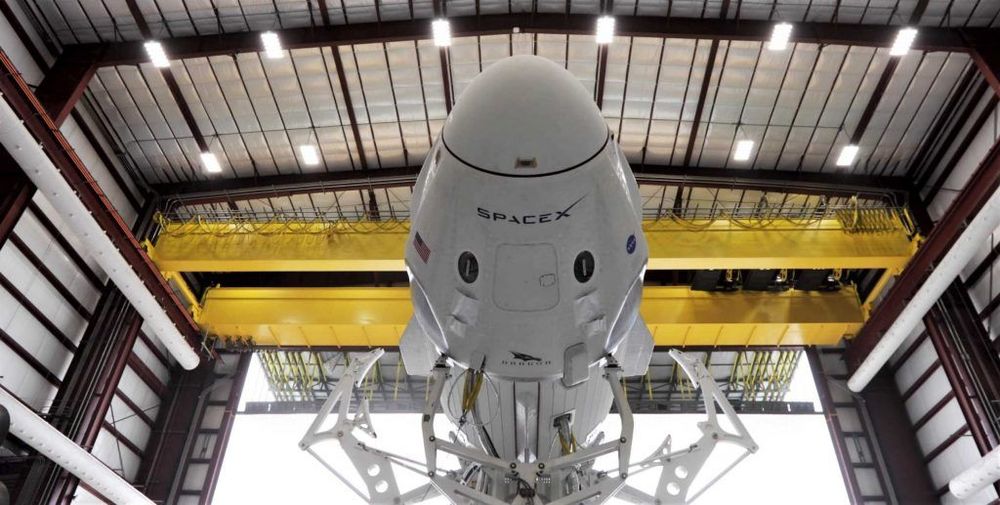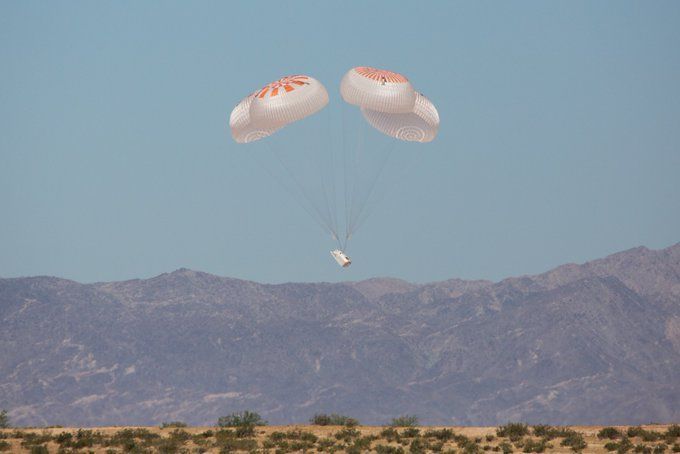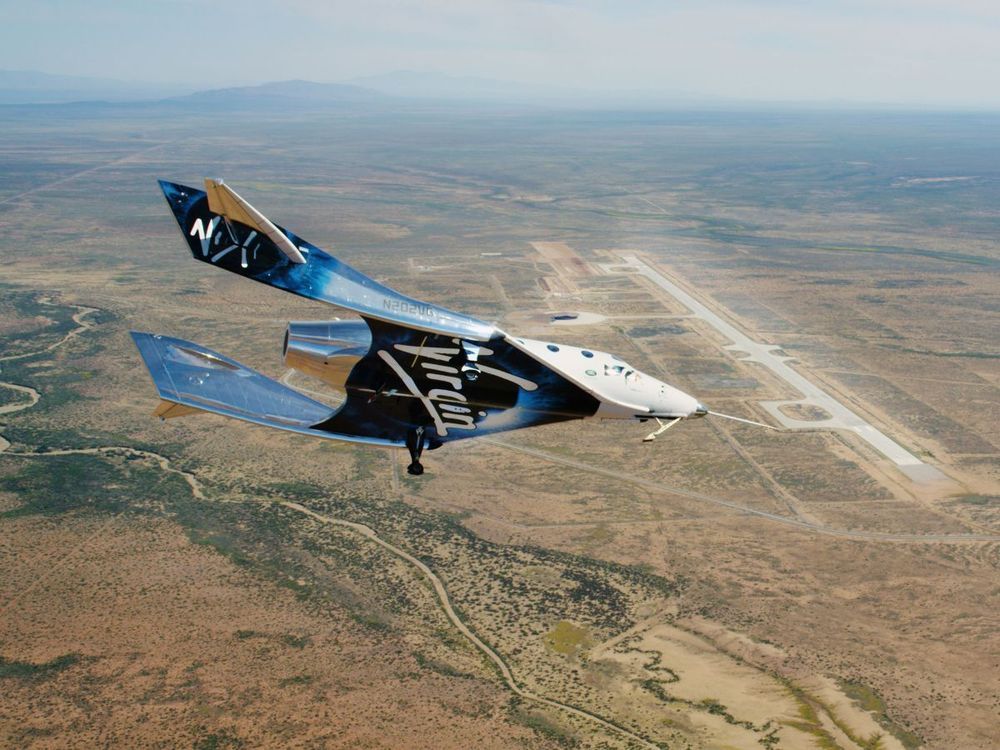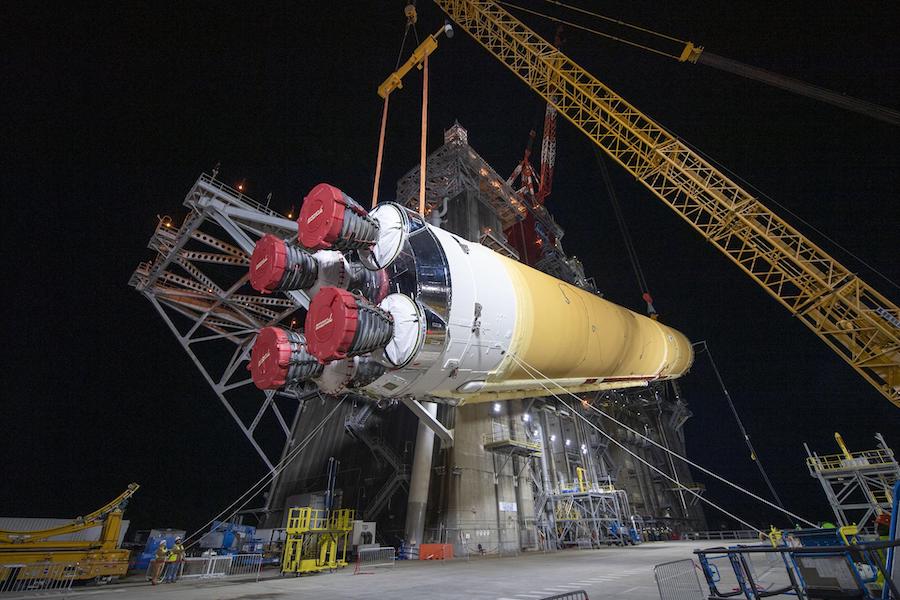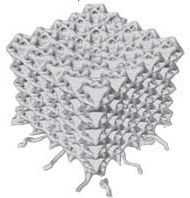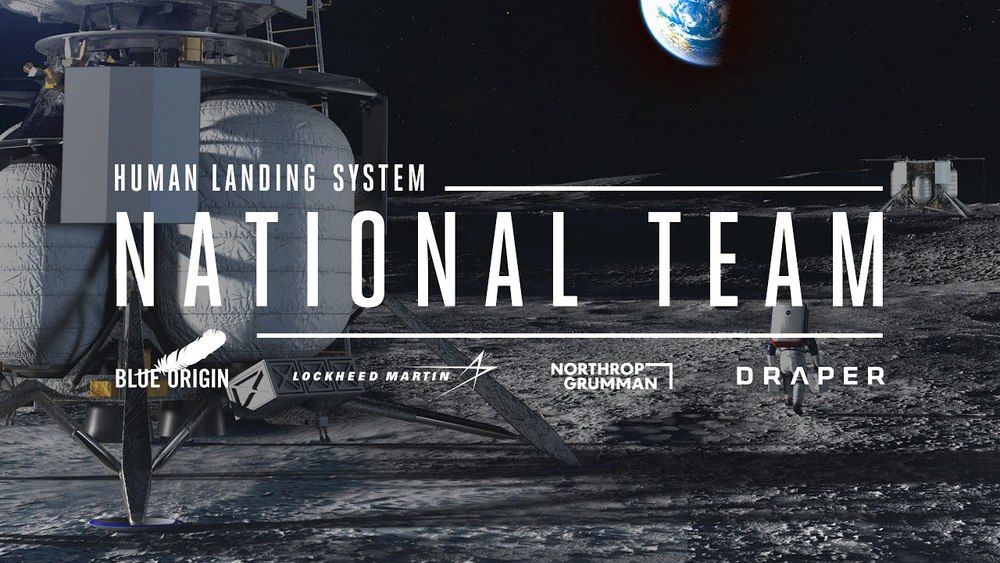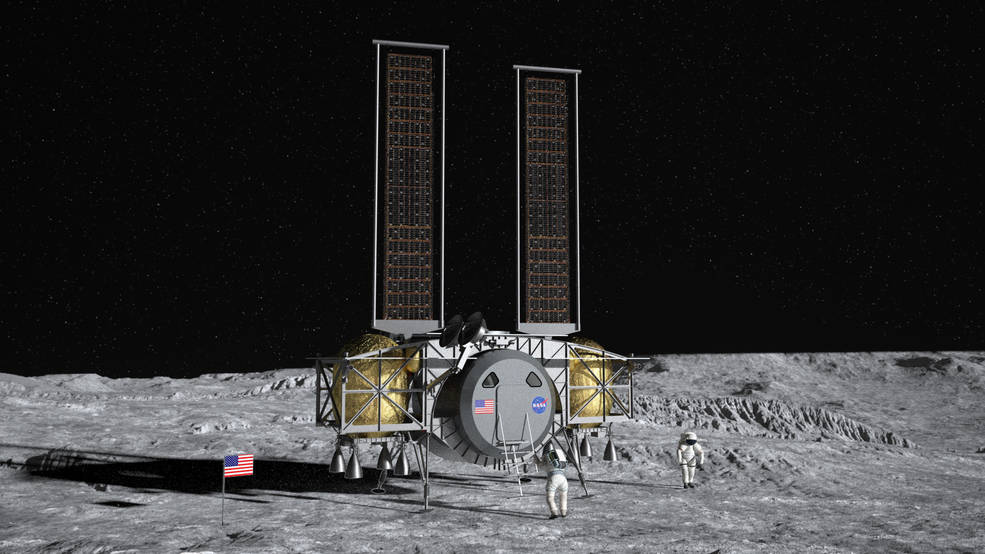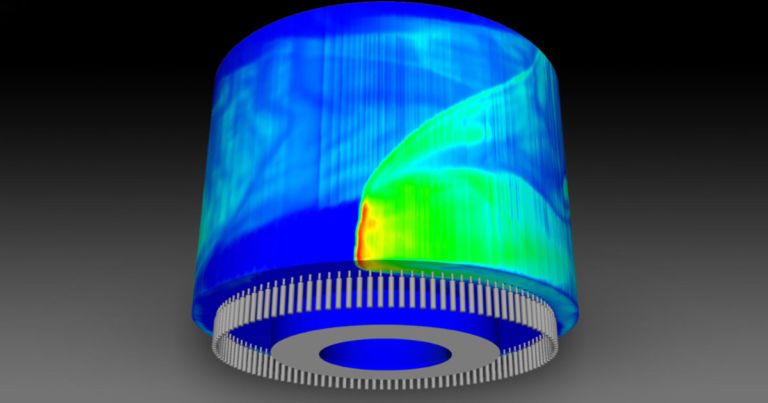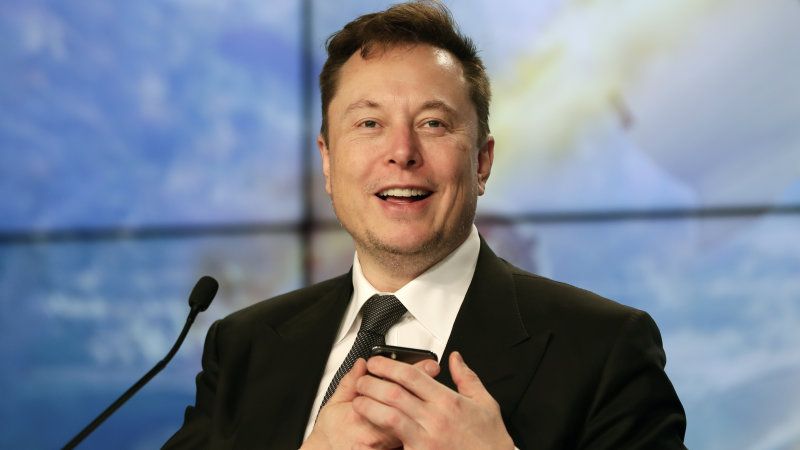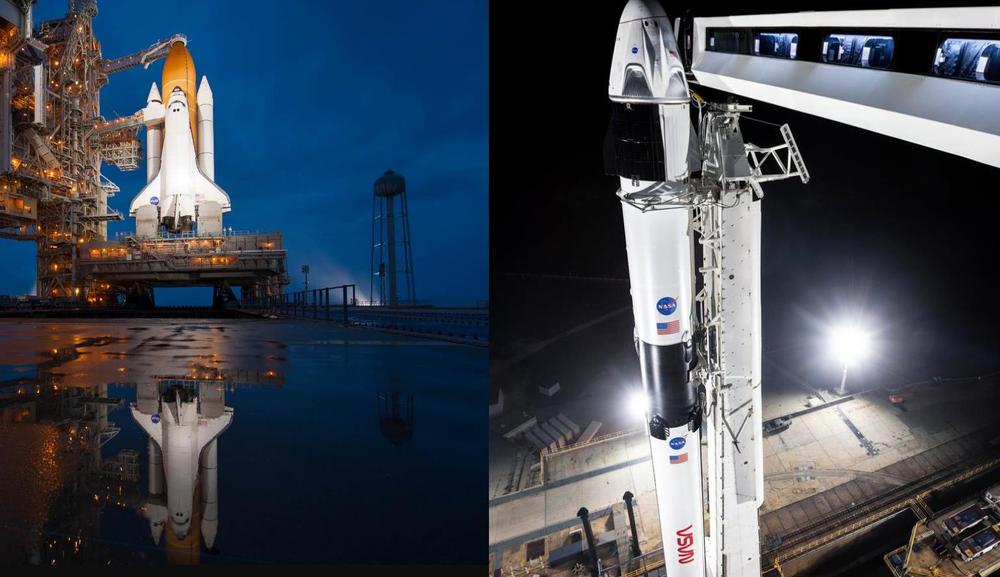May 3, 2020
SpaceX, NASA hold press conference, historic astronaut launch clears final hurdles before readiness
Posted by Genevieve Klien in category: space travel
With less than a month to go before the historic first crewed flight – and final human rating certification test – of the SpaceX Crew Dragon Demonstration 2 mission, NASA and SpaceX jointly held a full day of pre-mission press conferences on Friday, May 1st. Throughout the day many minor, but crucial, details were revealed.
Two primary technical concerns remained prior to Crew Dragon’s debut astronaut mission- the final drop test of the Crew Dragon Mark III parachutes and NASA’s clearance of SpaceX’s resolution of an in-flight engine-out anomaly suffered during the ascent phase of a previous Starlink mission.
